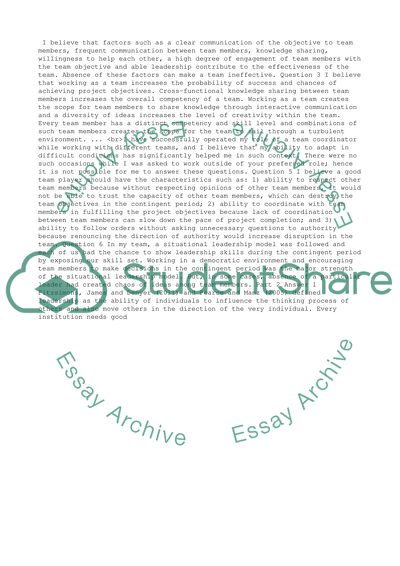Cite this document
(“Developing individuals and teams ( CMI Level 3 Diploma) Assignment”, n.d.)
Retrieved de https://studentshare.org/management/1485504-developing-individuals-and-teams-cmi-level
Retrieved de https://studentshare.org/management/1485504-developing-individuals-and-teams-cmi-level
(Developing Individuals and Teams ( CMI Level 3 Diploma) Assignment)
https://studentshare.org/management/1485504-developing-individuals-and-teams-cmi-level.
https://studentshare.org/management/1485504-developing-individuals-and-teams-cmi-level.
“Developing Individuals and Teams ( CMI Level 3 Diploma) Assignment”, n.d. https://studentshare.org/management/1485504-developing-individuals-and-teams-cmi-level.


